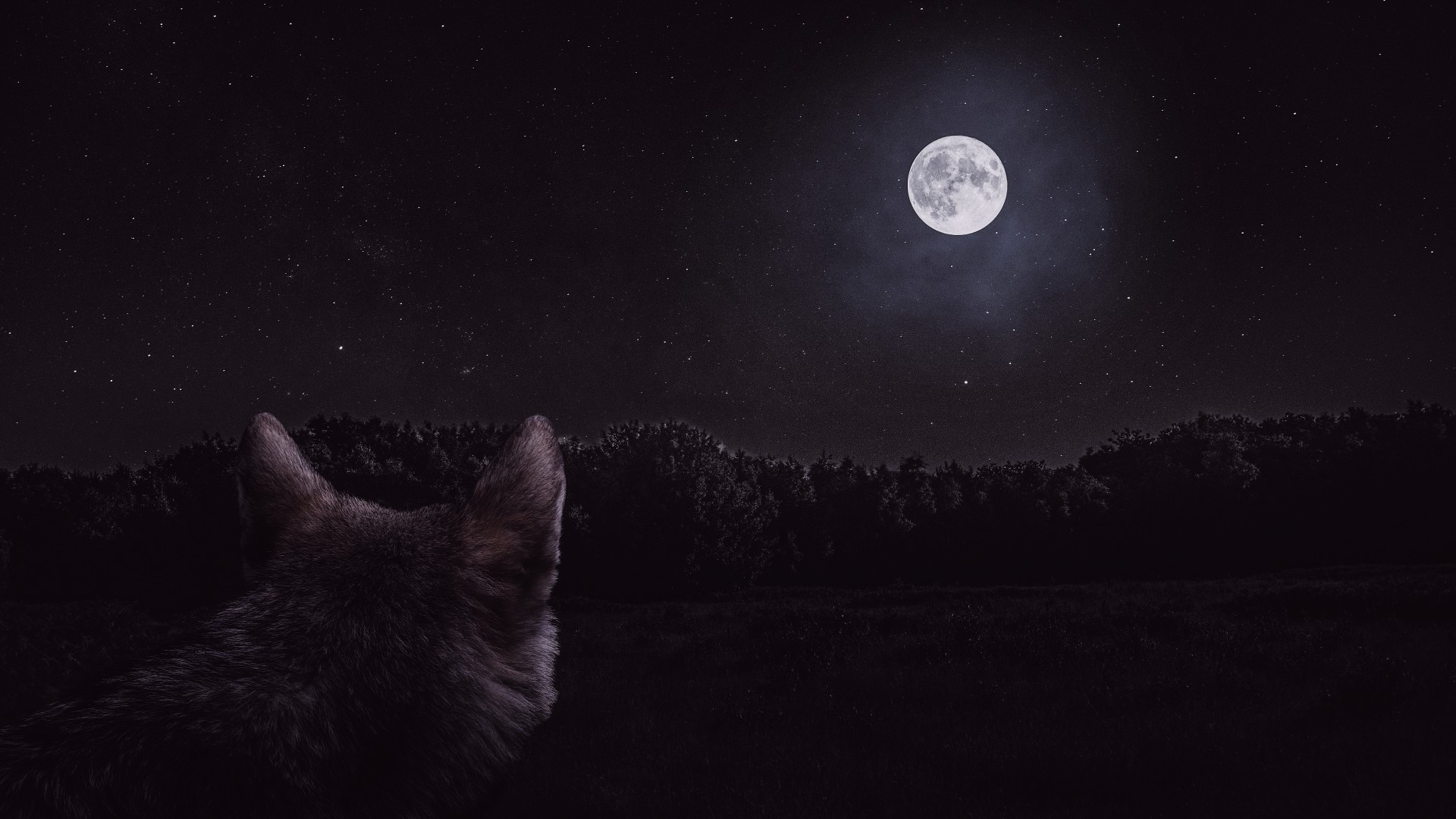The full 'Wolf micromoon' rises Jan. 6. Here's how to watch.
The first full moon of the new year will be a 'micromoon,' with the moon at its farthest point from Earth.

Look up on Jan. 6 for a view of the first full moon of 2023: The Wolf 'micromoon.'
January's full moon will be slightly smaller than average because the moon is at the farthest point from Earth in its orbit. The moon's path around the planet is elliptical. At its nearest approach, called perigee, it is 225,291 miles (362,570 kilometers) away. At its farthest distance, called apogee, it is 251,910 miles (405,410 km) away.
Perigee and apogee don't always coincide with full moons, but when they do, they're colloquially known as supermoons and micromoons, respectively. Supermoons appear about 14.5% wider and 25% brighter in the sky than micromoons, according to the University Space Research Association (USRA). A side-by-side comparison of the two, taken from the same location with the same camera, is available on the USRA website.
The "wolf" nickname is believed to reference the fact that wolves are typically active this time of year. The names for the full moons are thought to come from a mixture of Native American, Anglo-Saxon and German month names, according to Time and Date.
The moon will reach its fullest at 6:07 p.m. EST (11:07 p.m. UTC) on Jan. 6. Full moons happen when the sun, Earth and moon align such that the sun's rays illuminate the entire Earth-facing side of the moon. The moon sits a little above or below Earth's shadow, enabling this illumination. On the occasions when the full moon passes through part or all of Earth's shadow, it creates a lunar eclipse.
The full moon will rise just a few days after the peak of the Quadrantids meteor shower, which will occur on the night of Jan. 2 to Jan. 3. A few shooting stars may still be visible during the Wolf micromoon, however, as the Quadrantids continue through Jan. 16.
The next full moon is known as the "Snow Moon" and will occur at 1:29 p.m. EST (6:29 p.m. UTC) on Sunday, Feb. 5, 2023.
Sign up for the Live Science daily newsletter now
Get the world’s most fascinating discoveries delivered straight to your inbox.

Stephanie Pappas is a contributing writer for Live Science, covering topics ranging from geoscience to archaeology to the human brain and behavior. She was previously a senior writer for Live Science but is now a freelancer based in Denver, Colorado, and regularly contributes to Scientific American and The Monitor, the monthly magazine of the American Psychological Association. Stephanie received a bachelor's degree in psychology from the University of South Carolina and a graduate certificate in science communication from the University of California, Santa Cruz.










